In the ever-evolving music industry, understanding and securing a proper music license agreement is crucial for both artists and labels. Whether you are an independent musician or a record label executive, knowing the ins and outs of music licensing can protect your rights and enhance your revenue streams. This guide will delve into the essentials of a sample music license agreement, its key elements, types, and the benefits it offers.
What is a Music License Agreement?
A music license agreement is a legally binding contract that grants permission to use a piece of music under specified conditions. This agreement outlines the rights and responsibilities of both the licensor (the owner of the music) and the licensee (the party seeking to use the music). It ensures that the licensor is fairly compensated and that the licensee can legally use the music for their intended purpose.
Key Elements of a Sample Music License Agreement
- Parties Involved: Clearly identifies the licensor and licensee.
- Grant of Rights: Specifies the rights granted to the licensee, such as reproduction, distribution, public performance, and synchronization.
- Term and Territory: Defines the duration and geographical scope of the license.
- Compensation: Details the payment terms, including upfront fees, royalties, and other financial arrangements.
- Usage Restrictions: Outlines any limitations on how the music can be used.
- Termination: Describes the conditions under which the agreement can be terminated.
Types of Music License Agreements
Understanding the different types of music license agreements is essential for determining which one suits your needs. Here are some common types:
Mechanical License
A mechanical license allows the licensee to reproduce and distribute a musical work. This type of license is commonly used for physical copies like CDs or digital downloads.
Synchronization License
A synchronization license grants the right to synchronize music with visual media, such as movies, TV shows, commercials, and video games. This is crucial for composers and producers working in multimedia.
Public Performance License
This license permits the public performance of a musical work. Organizations like bars, restaurants, and radio stations often require this license to legally play music.
Master Use License
A master use license is needed to use a specific recording of a song. This license is typically sought by those wishing to include a particular version of a song in their projects.
Print Rights License
A print rights license allows the licensee to reproduce and distribute sheet music. This is essential for publishers and educators.
Benefits of a Music License Agreement
A well-drafted music license agreement offers numerous benefits:
Protection of Intellectual Property
A music license agreement protects the intellectual property rights of the licensor, ensuring that their work is not used without permission or proper compensation.
Revenue Generation
Licensors can generate income through licensing fees and royalties. This provides a steady revenue stream, especially when music is used in high-profile projects.
Legal Clarity
Having a clear agreement reduces the risk of legal disputes by outlining the rights and responsibilities of each party. This clarity helps avoid misunderstandings and potential litigation.
Professional Relationships
Establishing a formal agreement fosters professional relationships between artists, producers, and companies. It sets expectations and encourages collaboration.
How to Draft a Sample Music License Agreement
Drafting a comprehensive music license agreement involves several steps:
Step 1: Identify the Parties
Clearly state the names and contact information of the licensor and licensee. Include any relevant business names and addresses.
Step 2: Define the Scope of Rights
Specify the rights being granted. This could include the right to reproduce, distribute, publicly perform, or synchronize the music.
Step 3: Set the Term and Territory
Outline the duration of the agreement and the geographical areas where the license is valid. This could be worldwide or limited to specific regions.
Step 4: Determine Compensation
Detail the payment structure. This might include an upfront fee, royalties based on usage, or a combination of both.
Step 5: Include Usage Restrictions
Mention any restrictions on how the music can be used. For example, the music might be limited to non-commercial use or excluded from certain types of media.
Step 6: Address Termination
Describe the conditions under which the agreement can be terminated. Include clauses for breach of contract and other potential scenarios.
Step 7: Signatures
Ensure that both parties sign the agreement, indicating their acceptance of the terms. Consider having the document notarized for added legal weight.
Common Clauses in a Music License Agreement
Understanding common clauses in a music license agreement can help you create a more robust contract. Here are some typical clauses:
Indemnification
Indemnification clauses protect both parties from potential legal claims arising from the use of the music. It ensures that the licensor will defend the licensee against claims of infringement and vice versa.
Warranties
Warranties ensure that the licensor has the legal right to grant the license and that the music does not infringe on any third-party rights. This provides peace of mind to the licensee.
Confidentiality
Confidentiality clauses protect sensitive information shared between the parties during the agreement. This is particularly important in competitive industries.
Governing Law
This clause specifies the legal jurisdiction that will govern the agreement. It is crucial for resolving disputes and ensuring that both parties are aware of the applicable laws.
Force Majeure
A force majeure clause excuses both parties from fulfilling their contractual obligations due to unforeseen events beyond their control, such as natural disasters or political unrest.
Sample Music License Agreement Template
To give you a clearer idea, here is a sample template for a music license agreement:
Sample Music License Agreement
This Music License Agreement (“Agreement”) is made and entered into as of [Date], by and between [Licensor Name], located at [Licensor Address] (“Licensor”), and [Licensee Name], located at [Licensee Address] (“Licensee”).
1. Grant of Rights Licensor hereby grants Licensee the non-exclusive right to [rights granted, e.g., reproduce, distribute, publicly perform, or synchronize] the musical work titled “[Title of Work]” (“Work”) in [territory] for a period of [term].
2. Term and Territory This Agreement shall commence on [start date] and continue until [end date]. The rights granted herein are limited to the territory of [territory].
3. Compensation In consideration of the rights granted, Licensee agrees to pay Licensor [amount] as an upfront fee, plus [percentage]% of gross revenue generated from the use of the Work.
4. Usage Restrictions Licensee agrees to use the Work solely for [specific use, e.g., inclusion in a film, commercial, or video game] and shall not [restrictions, e.g., alter the Work without prior written consent].
5. Termination This Agreement may be terminated by either party upon [number] days written notice if the other party breaches any material term of this Agreement and fails to cure such breach within [number] days after receipt of notice.
6. Indemnification Each party agrees to indemnify and hold harmless the other party from any claims, damages, or expenses arising from any breach of this Agreement or the use of the Work.
7. Warranties Licensor warrants that they have the right to grant the license and that the Work does not infringe upon any third-party rights.
8. Confidentiality Both parties agree to keep the terms of this Agreement and any confidential information disclosed during its term strictly confidential.
9. Governing Law This Agreement shall be governed by and construed in accordance with the laws of [jurisdiction].
10. Force Majeure Neither party shall be liable for any failure to perform due to circumstances beyond their control, including but not limited to natural disasters, war, or acts of terrorism.
IN WITNESS WHEREOF, the parties hereto have executed this Agreement as of the date first written above.
[Licensor Name]
[Licensee Name]
Signature: ______________________
Signature: ______________________
Date: ___________________________
Date: ___________________________
Importance of Legal Counsel in Music Licensing
While it might be tempting to draft your own music license agreement, involving a legal expert is crucial. Here’s why:
Expertise
Legal professionals specializing in entertainment law have the expertise to ensure that all necessary clauses are included and that the agreement complies with current laws and industry standards.
Avoiding Pitfalls
A lawyer can help you avoid common pitfalls and ensure that the agreement covers potential scenarios that you might not have considered.
Negotiation
Lawyers can negotiate terms on your behalf to ensure that you get the best possible deal, whether you are the licensor or licensee.
Dispute Resolution
In the event of a dispute, having a legally sound agreement drafted by a professional can make the resolution process smoother and more favorable.
Peace of Mind
Knowing that your agreement has been reviewed and approved by a legal expert provides peace of mind, allowing you to focus on your music.
Real-World Examples of Music Licensing
To better understand the practical applications of music license agreements, let’s look at some real-world examples:
Example 1: Commercial Use
A major brand wants to use an indie artist’s song in a national advertising campaign. The artist grants a synchronization license, outlining the specific commercial use, duration, and compensation.
Example 2: Film and Television
A filmmaker needs a particular song for a movie soundtrack. They negotiate a master use license with the record label and a synchronization license with the songwriter to legally use the song in the film.
Example 3: Public Performance
A popular restaurant chain wants to play a playlist of various artists’ music in their establishments. They obtain a public performance license through a performing rights organization (PRO) to ensure they are covered for any public playback of music.
Example 4: Digital Streaming
An independent artist distributes their music through a digital platform. The platform obtains a mechanical license to reproduce and distribute the music digitally, ensuring the artist is compensated for each stream.
Example 5: Educational Use
A publisher wants to include a popular song in a music textbook. They secure a print rights license, allowing them to reproduce and distribute the sheet music in their publication.
The Role of Performing Rights Organizations (PROs)
Performing Rights Organizations (PROs) play a vital role in music licensing. They manage the rights of songwriters and publishers to ensure they are compensated for public performances of their music. Here’s how they work:
Collecting Royalties
PROs collect royalties on behalf of their members when their music is performed publicly. This includes plays on radio, TV, live venues, and digital platforms.
Licensing Music
PROs issue licenses to businesses and organizations that want to use music. This simplifies the process for both the music users and the rights holders.
Distributing Royalties
Collected royalties are distributed to the rights holders, ensuring they receive payment for the use of their music. This system provides a steady income stream for songwriters and publishers.
Advocacy and Support
PROs also advocate for the rights of music creators and provide support and resources to their members. This includes legal advice, industry updates, and networking opportunities.
Conclusion
A music license agreement is a vital tool for artists and labels to protect their rights and ensure fair compensation. By understanding the key elements, types, and benefits of these agreements, you can navigate the complex landscape of music licensing with confidence. Whether you are licensing your music for a film, a commercial, or digital distribution, having a comprehensive agreement in place is essential for safeguarding your creative work and maximizing your earnings.
By following the steps outlined in this guide and using the sample template provided, you can draft a robust music license agreement tailored to your specific needs. Remember, clarity and precision in your agreement can prevent potential disputes and foster positive professional relationships in the music industry.
Related Articles:
For further reading, explore these related articles:
- Deliver My Tune’s Exciting New Services!
- What is Sync Royalty? A Comprehensive Guide for Musicians
- What is Performance Royalty?
For additional resources on music marketing and distribution, visit Deliver My Tune.

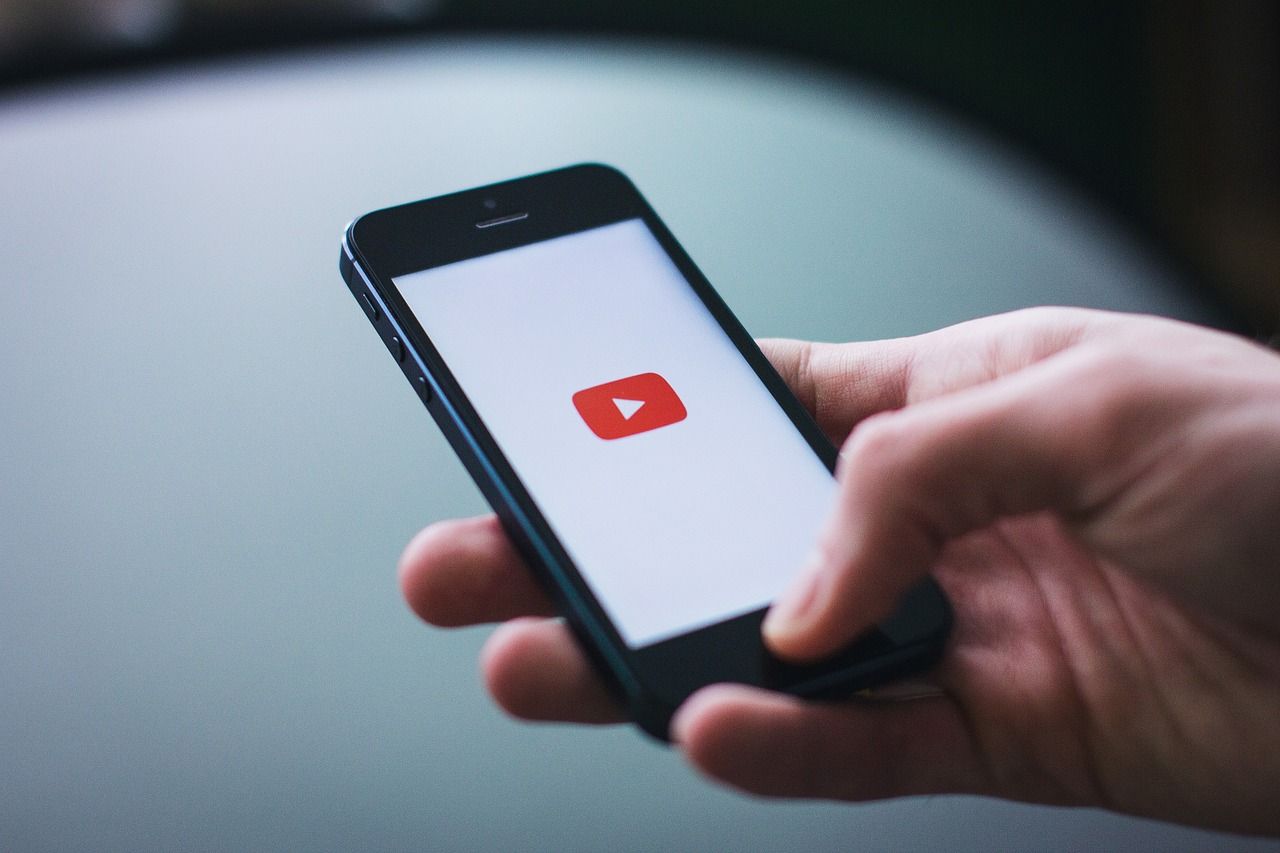




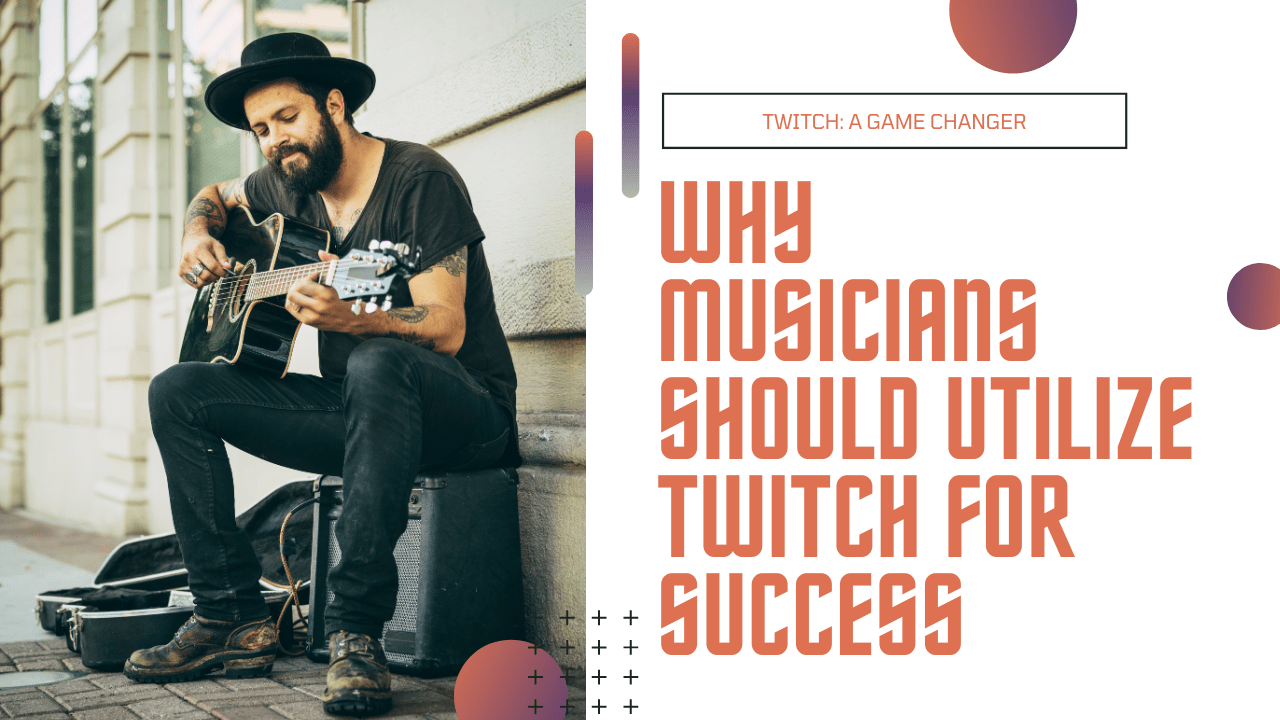


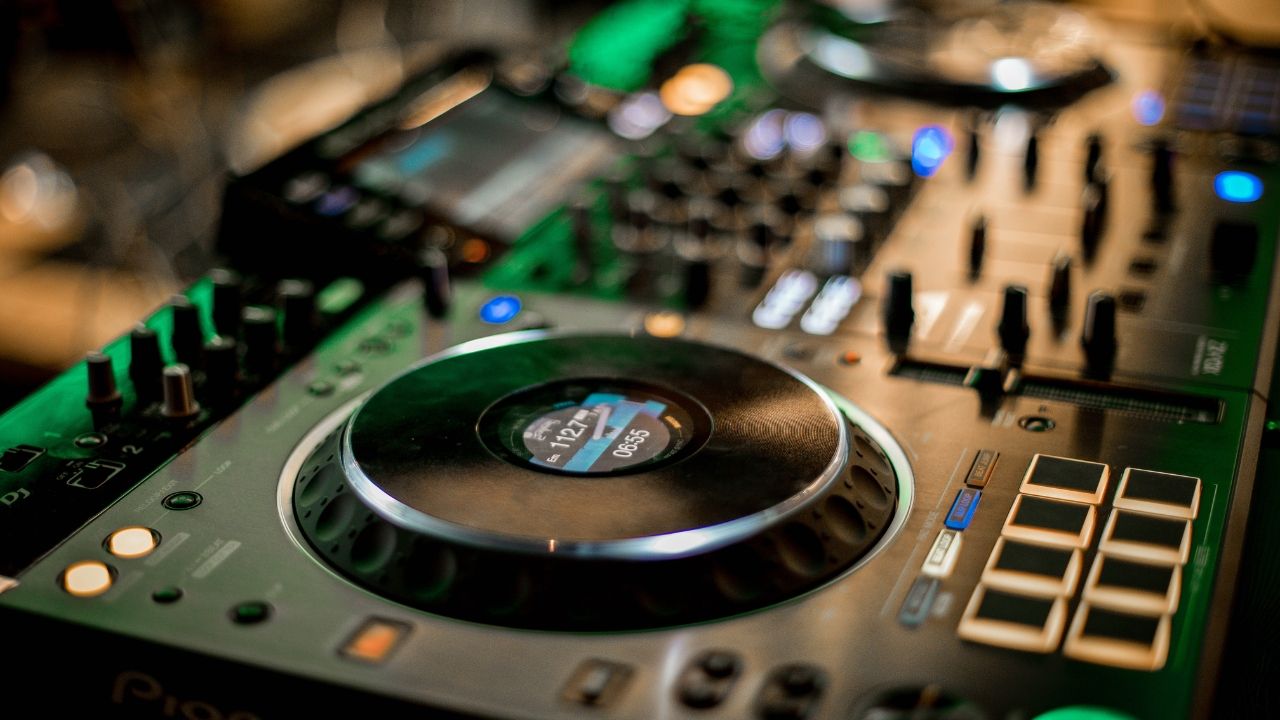

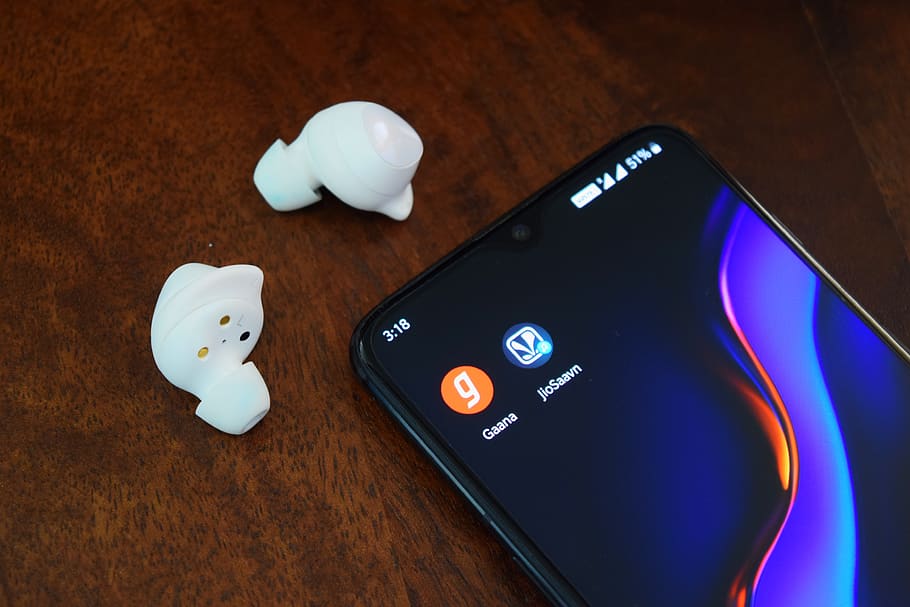
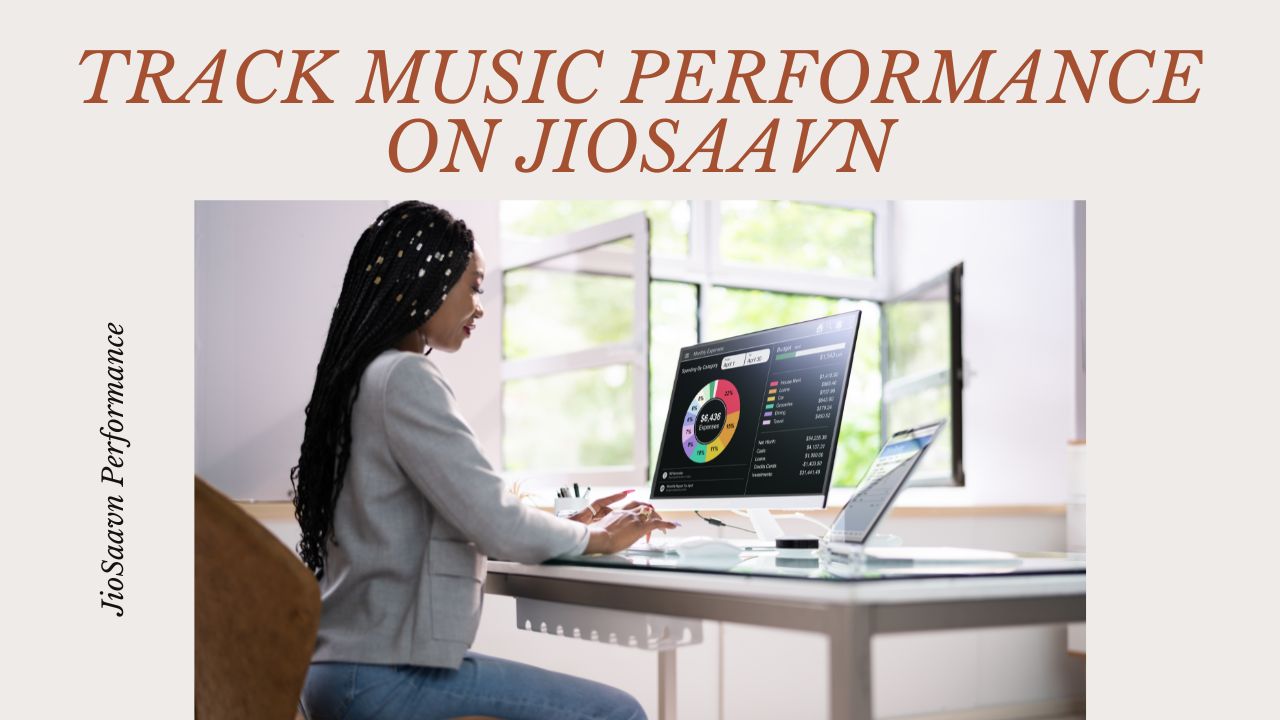
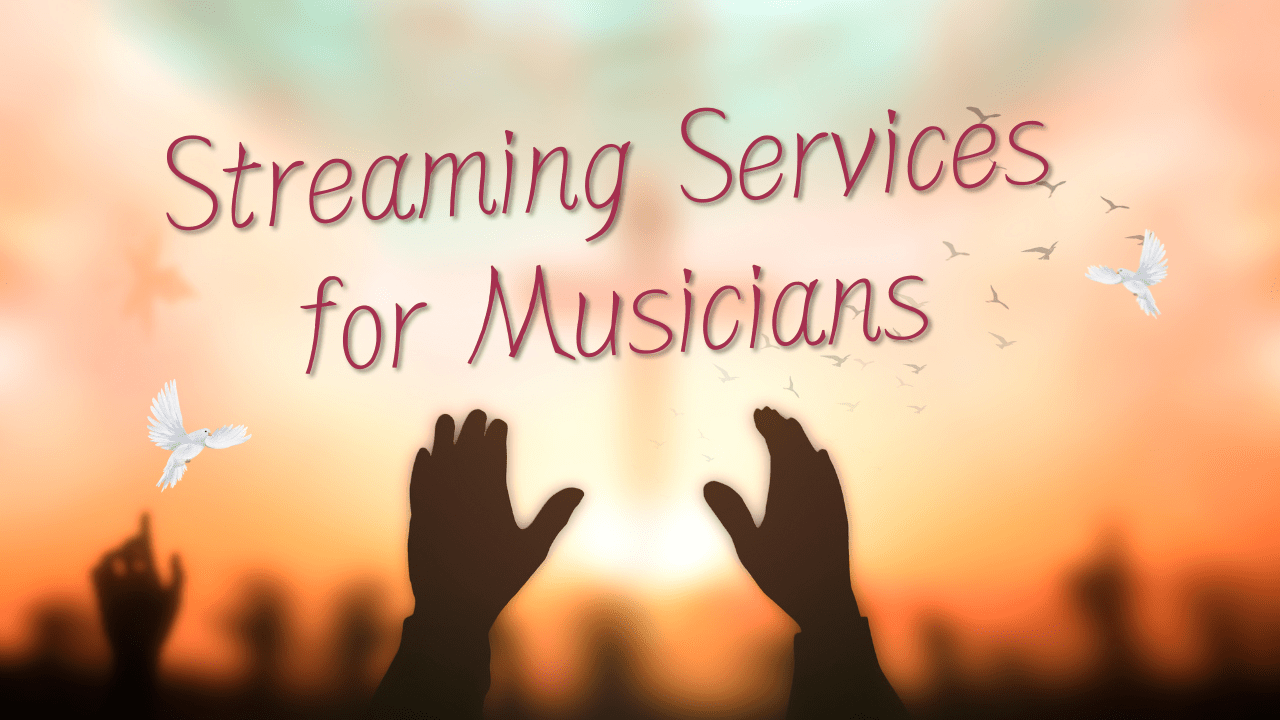
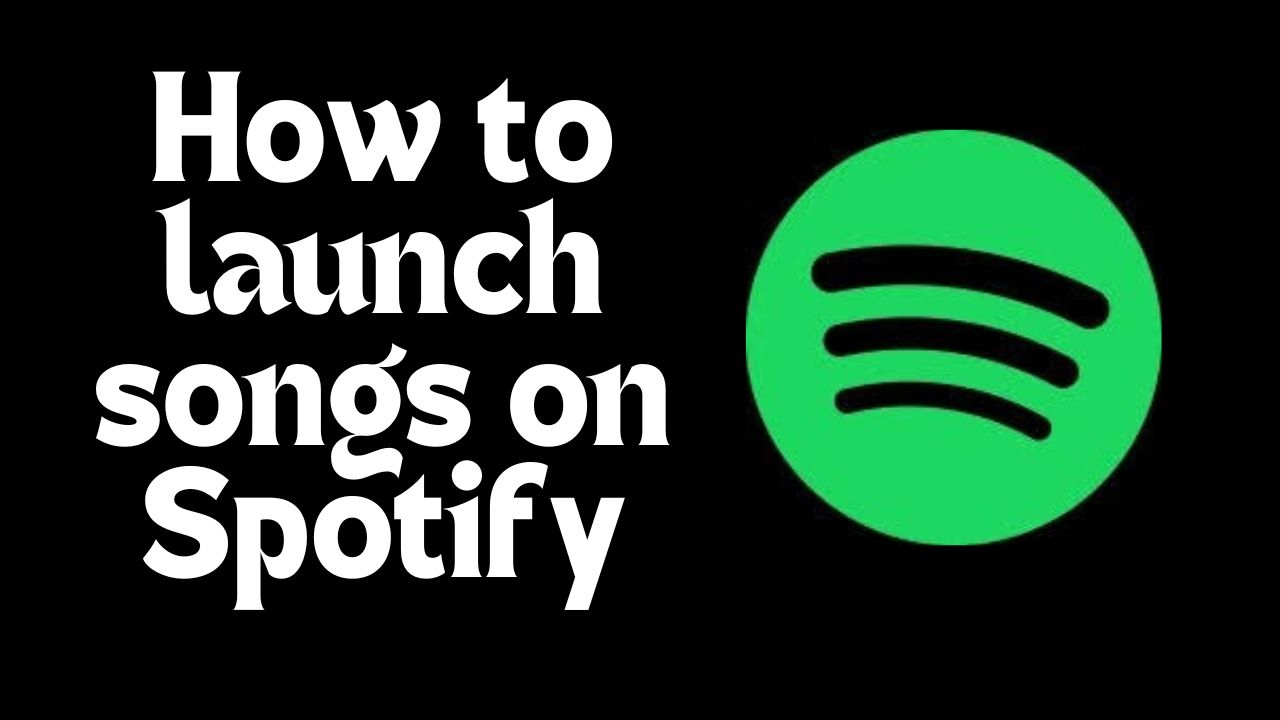

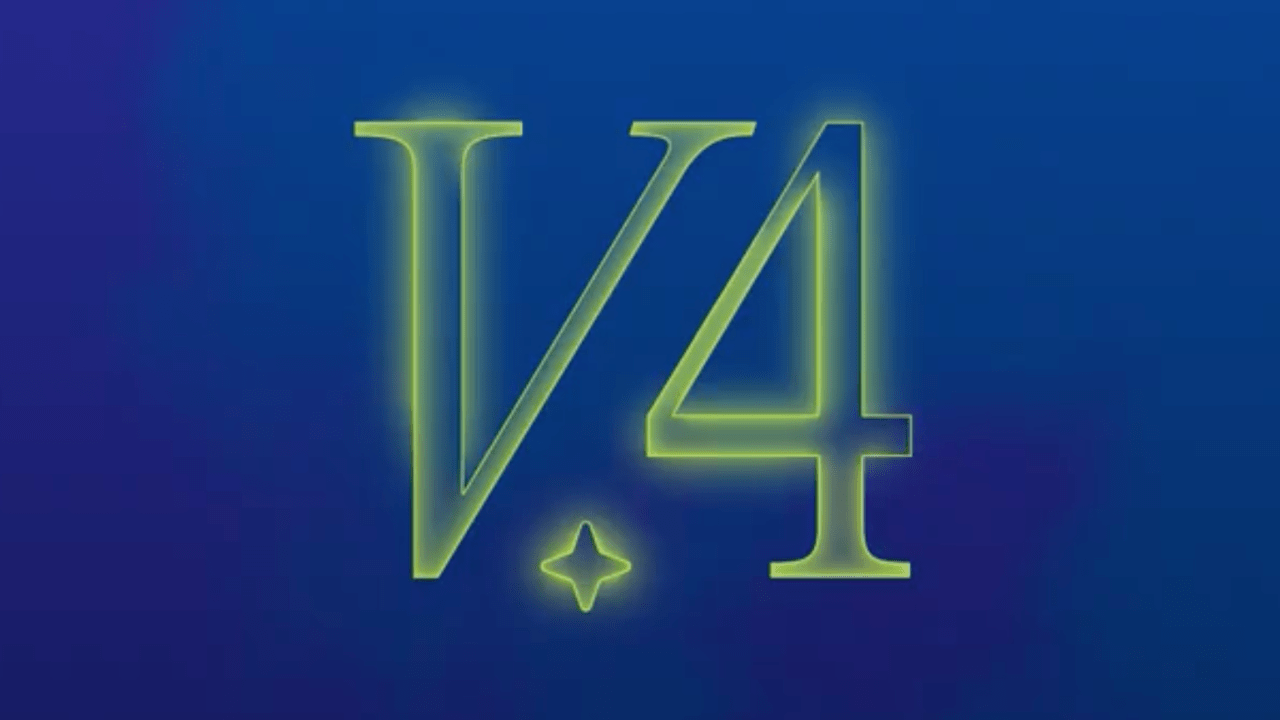
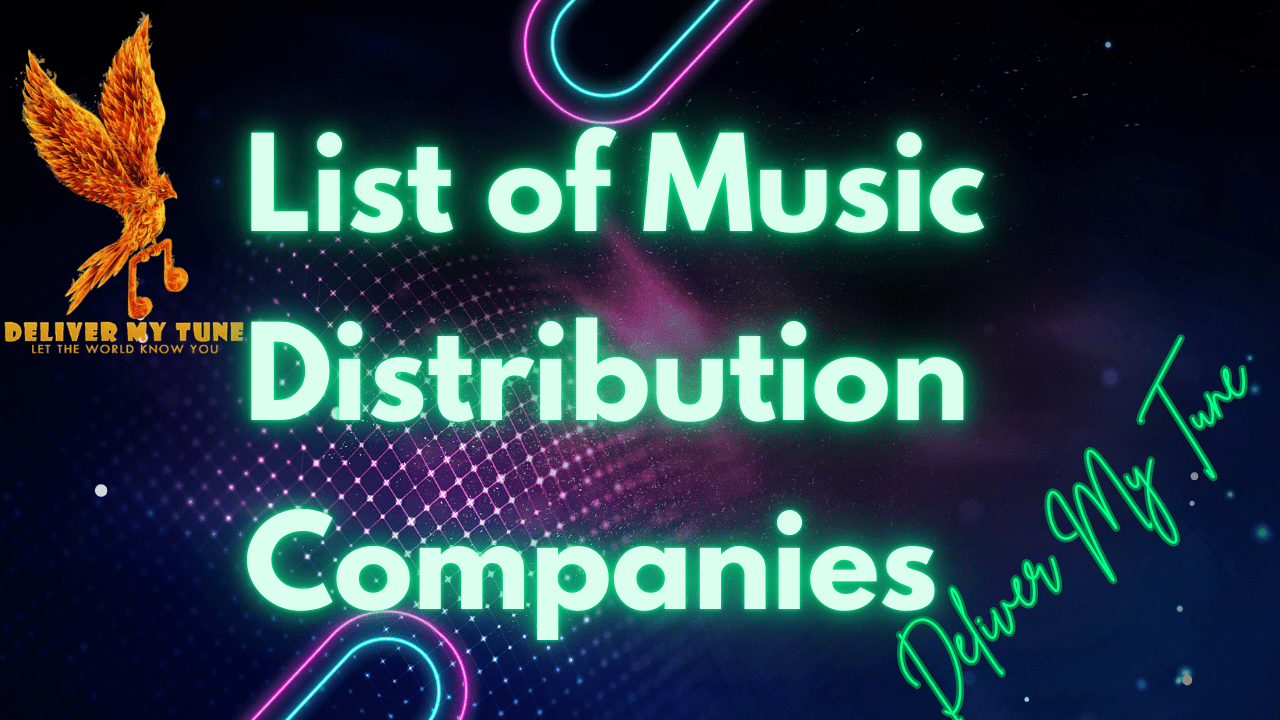
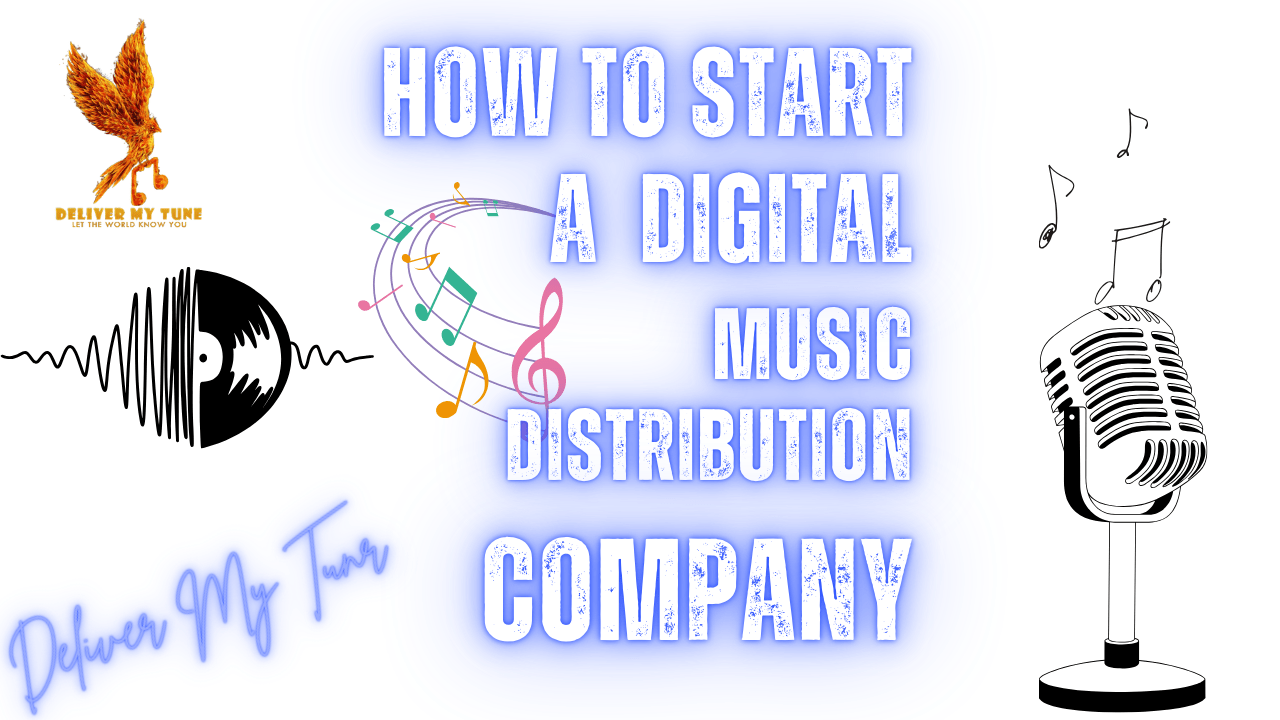
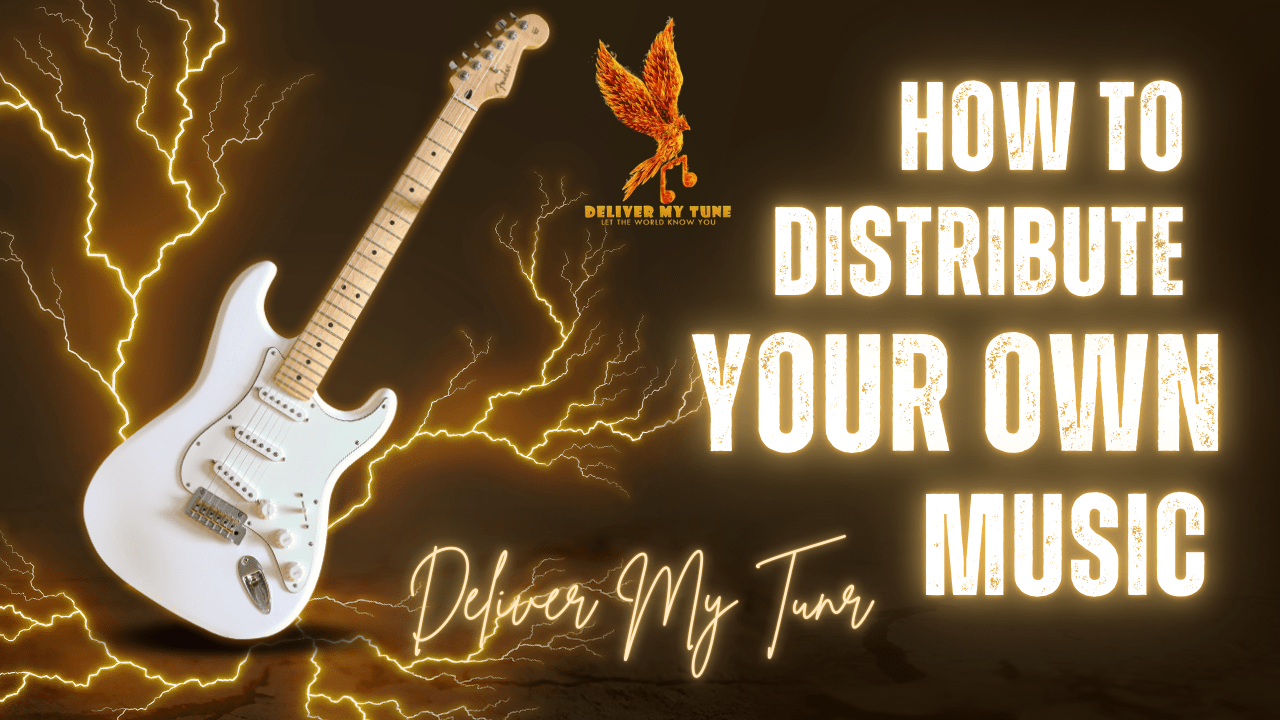
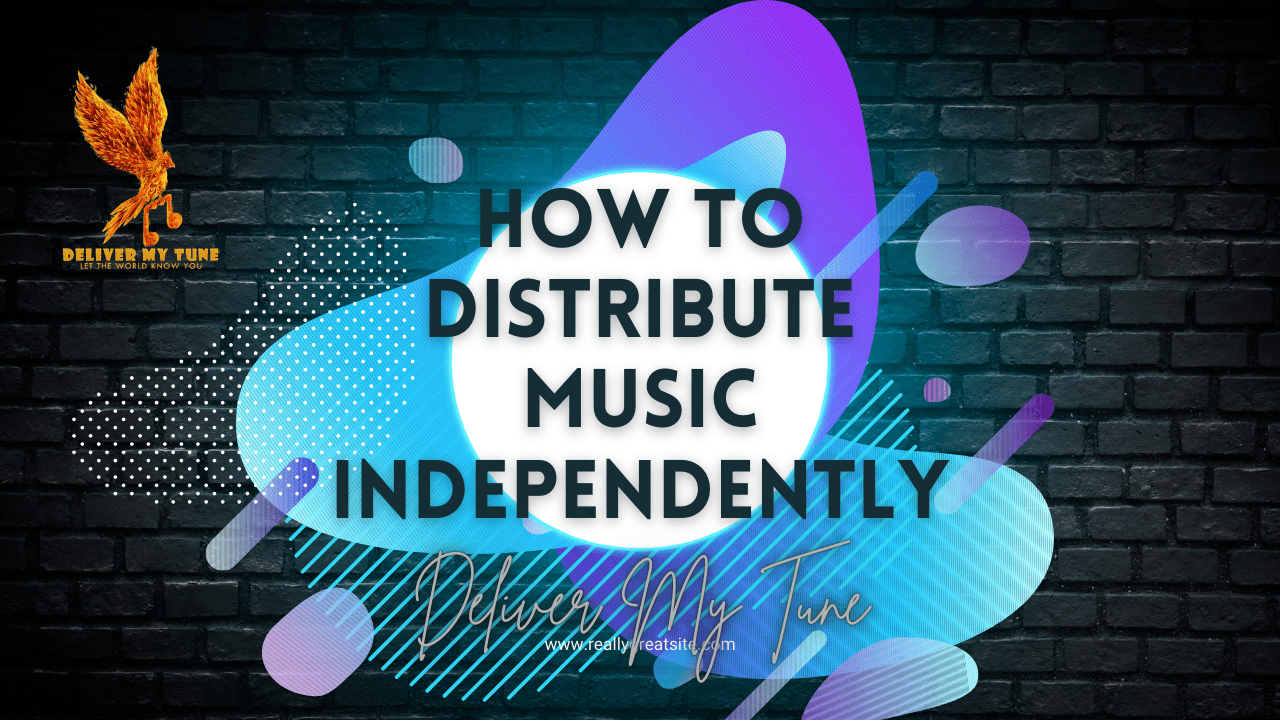
Leave a Reply